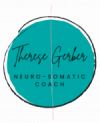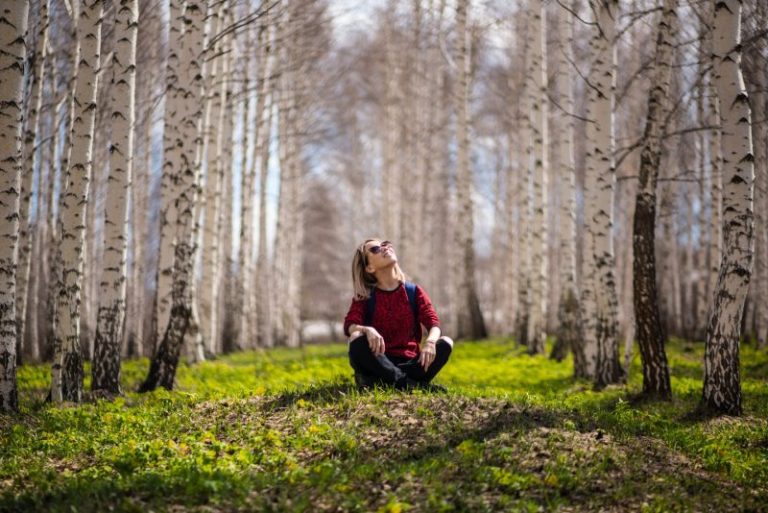“Nature is not a place to visit. It is home.”
Gary Snyder
What does nature mean to you? Do you get to see much of her? And when you do, what happens within you? Do you notice?
If you’re anything like me, you’d say that nature has a profound effect on you, that you revel in every opportunity to spend time with her, and that when you do, it feels like everything in you melts away into a mushy pool of pure ease, like coming home to a cosy fireplace in winter or the smell of mom’s freshly baked bread.
I therefore wasn’t that surprised to learn that the word ‘eco’ derives from the ancient Greek word ‘oikos’, meaning ‘home’. Nature, Mother Earth, the Environment is our ultimate home and that significance – beyond the mere ‘feel-good’ aspect – is evidenced at so many levels, including the incredibly beneficial impact spending time in nature has on both our mental and physical health.
The science is clear: spending time in nature is good for us. How much time? A recent study found that spending two hours a week in green spaces, either at once or spaced over multiple visits, have been found to substantially improve health and psychological wellbeing. What’s more, studies also found that those unable to enjoy the ‘naturalistic’ experience of nature, can derive similar beneficial wellbeing outcomes by eliciting experiences of nature-related awe through pictures, videos, and autobiographical recall.
Like all positive emotions, these experiences add up over time to resource our wellbeing at a neurophysiological level. However, there is a way to supercharge this resourcing effect, to, based on the principles of positive neuroplasticity, help encode these experiences into the neural structures of your brain.
Taking in the Good Practice (H.E.A.L) by Rick Hanson:
Taking in the is the deliberate internalisation of positive experiences in implicit memory, involving four simple steps:
- Have the positive experience
- Enrich it
- Absorb it
- Link positive and negative material
Listen to Rick talk about the H.E.A.L. steps and how to apply it to absorb positive nature experiences for greater health and wellbeing here.
Or read about it here.
References
Bowler, D. E., Buyung-Ali, L. M., Knight, T. M., & Pullin, A. S. (2010). A systematic review of evidence for the added benefits to health of exposure to natural environments. BMC public health, 10(1), 456-456. https://doi.org/10.1186/1471-2458-10-456
Fredrickson, B. L. (2011). Positive Emotions Open Our Mind YouTube, Greater Good Science Center. https://youtu.be/Z7dFDHzV36g
Hanson, R. (2013). Hardwiring Happiness: How to reshape your brain and your life. Penguin Random House.
Hanson, R. (2022). Building a Psychological Toolbox: Actively Using Neuroplastic Methods To Develop Lasting Inner Strengths. https://goodmenproject.com/featured-content/building-a-psychological-toolbox-actively-using-neuroplastic-methods-to-develop-lasting-inner-strengths/?fbclid=IwAR2HD4_bw3k6VQ_8L9fYSXhg_oyvxbKqqmwXmnK45FVdv3WQhq9Ni896tek
Pérez, K. A., Lench, H. C., Thompson, C. G., & North, S. (2022). Experimental elicitations of awe: a meta-analysis. Cognition and emotion, ahead-of-print(ahead-of-print), 1-16. https://doi.org/10.1080/02699931.2022.2140126 Robbins, J. (2020). Ecopsychology: How Immersion in Nature Benefits Your Health. Yale School of the Environment. https://e360.yale.edu/features/ecopsychology-how-immersion-in-nature-benefits-your-health

